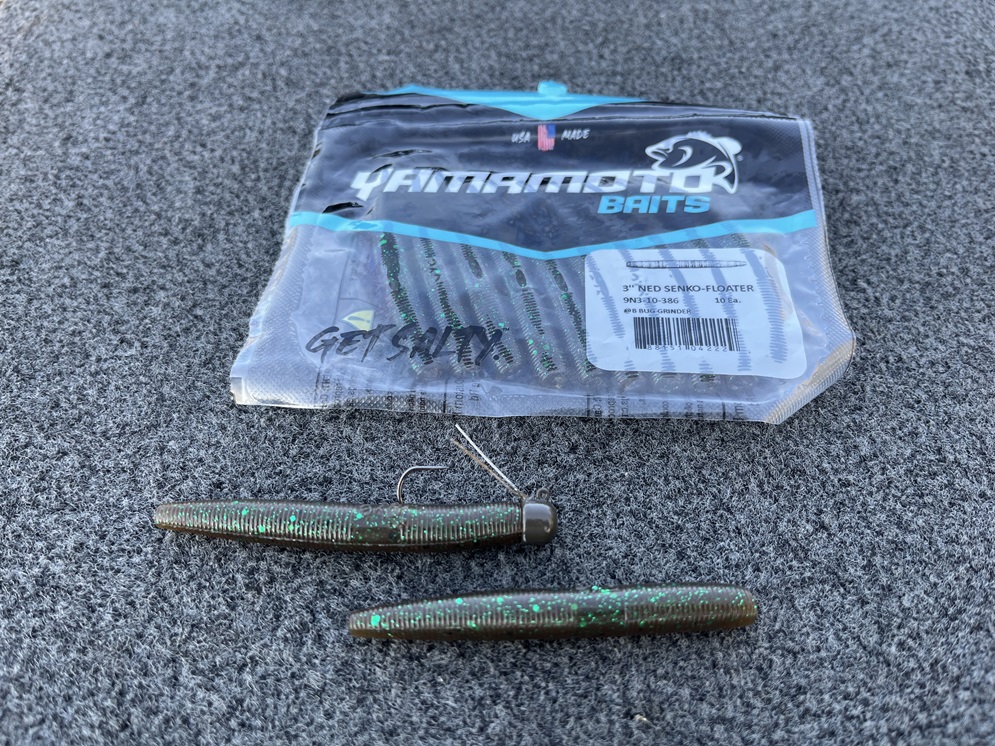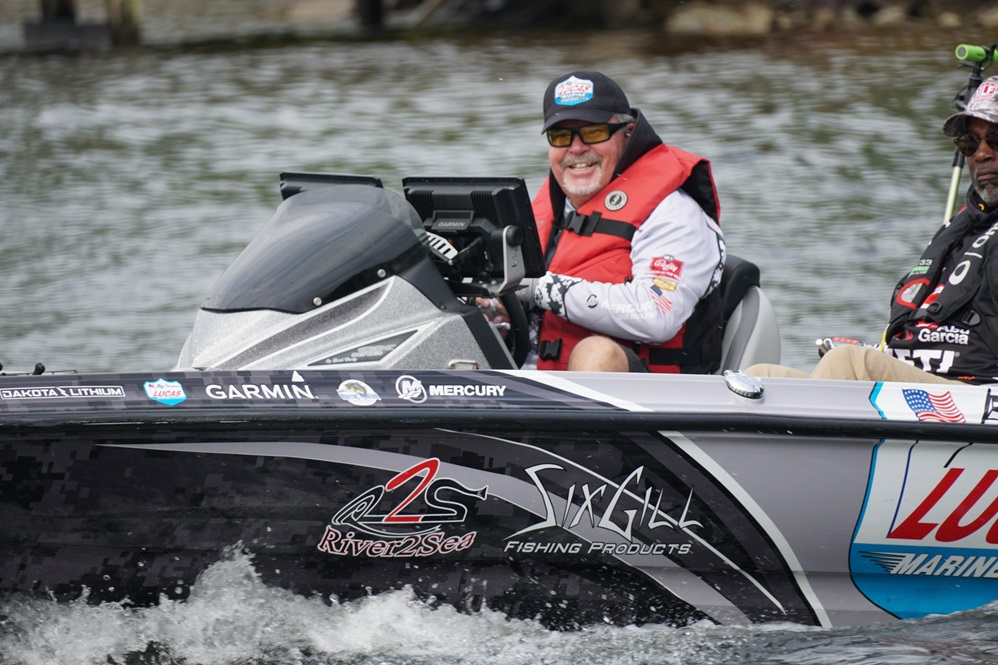 When it comes to finesse fishing, John Murray is one of the godfathers of light lines and small baits. He's had success with many techniques and won over 30 boats across the West Coast. Now living in Tennessee and competing on the Bass Pro Tour, Murray is still a massive fan of finesse techniques, including the Ned Rig. He has tied on it year-round as he's seen it work from the dead of winter to the dog days of summer.
When it comes to finesse fishing, John Murray is one of the godfathers of light lines and small baits. He's had success with many techniques and won over 30 boats across the West Coast. Now living in Tennessee and competing on the Bass Pro Tour, Murray is still a massive fan of finesse techniques, including the Ned Rig. He has tied on it year-round as he's seen it work from the dead of winter to the dog days of summer.
Murray's Ned Rig Backstory
The Ned Rig has taken off in the past several years, and Murray got a front-row seat to the technique from Ned himself, fishing with Ned Ned Kehde nearly ten years ago. It didn't take long for Murray to take the new rig seriously.
"We fished together and he smoked me," Murray said. "I was fishing a drop-shot going down the bank and caught four bass and he caught 20 of them. Some of the ones he caught were small, but he schooled me and made me believe in it."
Murray immediately took a liking to the Ned Rig after fishing with Kehde and said it brought him back to another technique he used for years back in the day.
"It brings me back to when I used to fish a Gitzit on a 1/16-ounce head when I started fishing," he said. "It has that same tumbling fall that gets fish to bite. If you put both in the water, they're not much different looking except that one is hollow and the other is a solid bait. They look similar and that's why the Ned Rig gets bit."
 How and Where To Fish The Ned Rig
How and Where To Fish The Ned Rig
Murray has found that there isn't a wrong place or time to throw a Ned Rig, but he prefers to throw it in places others won't. This means using a weedless jighead and a Yamamoto Ned Senko, a 3-inch bait with the proven Senko profile but with floating plastic.
"It's a great bait for a Ned Rig because it floats and keeps the bait off of the bottom," said Murray. "When you're dragging it along the bottom, it is not a flat drag. That's how I like to fish it, slowly dragging it along the bottom and not giving it too much action most of the time, but I have found some bites where they want a little more action and you can stroke it like a jig."
Murray uses different weedless jigheads and says that going as light as possible is critical to getting more bites. "I'll use the lightest I can find, even in deep water," he said. "The 1/16 or 3/32-ounce heads fall very slow, but that is key to getting bites, and around 70 percent of your bites will come on the fall. Right when the bait hits the bottom, they'll have it. It takes a lot of patience in deep water, but you can use lighter line to help with some of that."
 Ned Rig Gear, Bait Colors And More
Ned Rig Gear, Bait Colors And More
This is a true finesse technique and Murray likes a solid spinning setup to fish the Ned Senko. His setup is a 7-foot, 2-inch medium Phenix M1 rod, 2500 spinning reel, and 10-pound Gamma braided line with a leader of 6-pound Gamma fluorocarbon.
Regarding colors, Murray has some favorites and likes the wide range available from Yamamoto, generally sticking with darker colors.
"I like to stay with dark colors most of the time and have had some great days with black with blue flake," he said. "There are a lot of great colors to choose from, and the plastic they use is perfect; it's somewhat soft but not too soft. The Ned Senko is great on a Ned Rig, but I've also found it to be very good on the back of a finesse jig for smallmouth since they always grab the tails on your trailers; they suck in the jig better with one of these on the back."
Another thing that Murray likes to do is Texas-Rig his Ned Senko on a tungsten jighead from OMTD. "You lose a lot less fish with that hook because it's a bigger hook, a 1/O," he said. "Plus, you can throw it anywhere and not get snagged. I like to cast it into rocks and brush and you don't hang up nearly as much as you do with an exposed hook."
The Ned Rig has proven itself to be one of the best finesse techniques to catch a bass. Noted finesse expert and longtime pro John Murray is a fan of the bite-sized rig and always has one tied up and ready to go.


 Advertising
Advertising